6 min read
Share
Unveil a comprehensive guide to mastering Forex trading indicators, empowering traders to seize profitable opportunities and optimize their trading strategies.
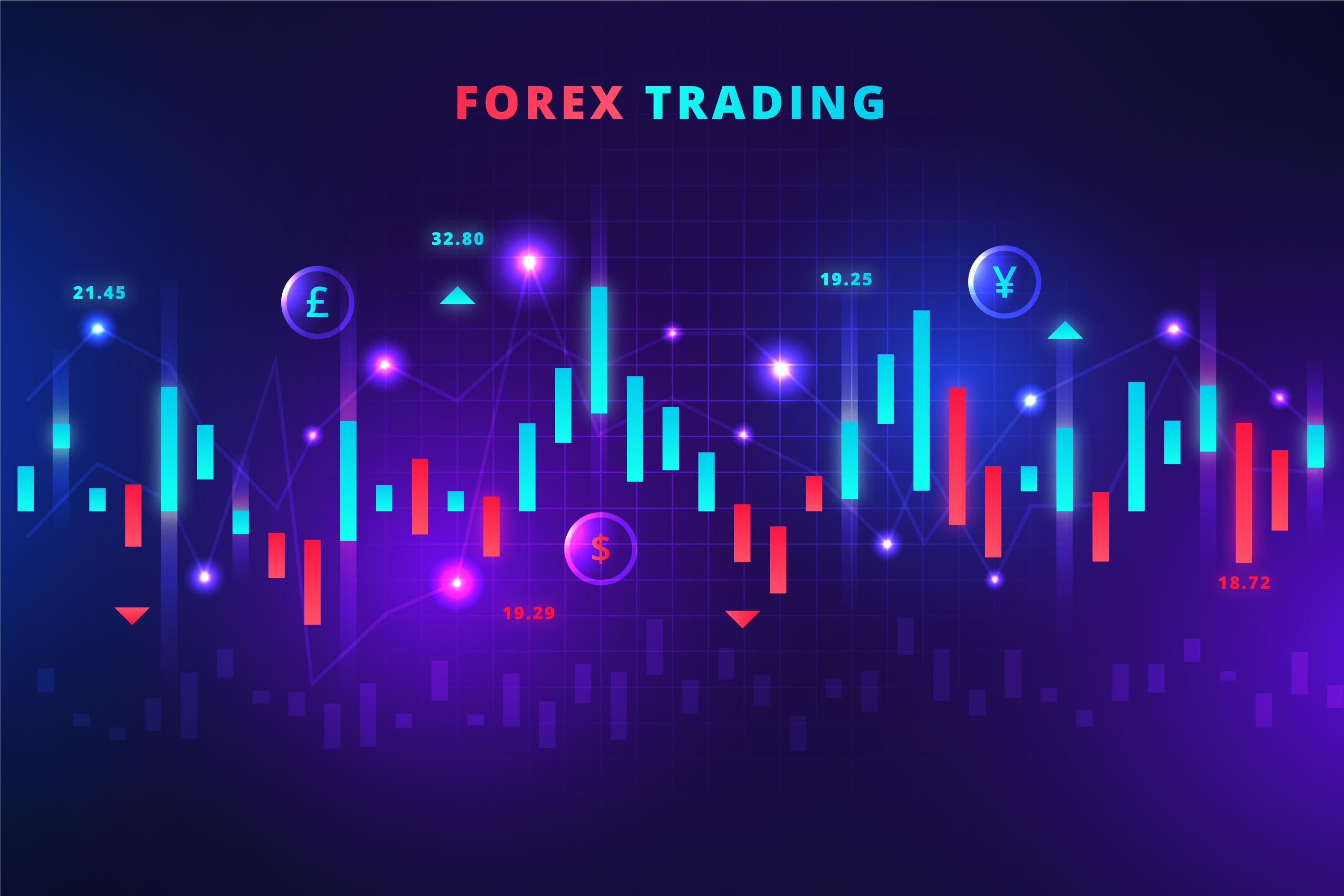
Introduction
In Forex Trading, every trader is looking for an ‘edge’ – an advantage over the other market participants. One of the ways traders look for an edge is by using Forex Trading indicators.
However, with so many different indicators out there and uncertainty about how to use them, traders can feel overwhelmed and unsure of where to begin.
By using the right indicators at the right time, traders significantly increase their odds of success.
In this article, we will seek to demystify Forex Trading indicators and highlight seven essential indicators that every Forex Trader should consider incorporating into their trading.
Understanding Forex Trading Indicators
There are three primary types of analysis used by Forex Traders, which are :
• Technical Analysis
• Fundamental Analysis
• Sentiment Analysis
Trading Indicators are the primary tool behind technical analysis.
But what exactly is the purpose of Forex Trading indicators?
Simply put, it equips traders to take the right trades at the right time.
A good trade taken at the wrong time is a bad trade! However, when a trader can enter the right trade – and time it well – they make money. The main concept behind technical analysis is that future price action can be more accurately predicted by analyzing previous market data – specifically price and volume.
Unlike fundamental analysis – which looks at the fundamentals behind a currency, such as the state of a nation, or sentiment analysis – which seeks to gauge the sentiment of the market participants – Trading Indicators are mathematical calculations that aim to forecast the future price movement of currency pairs.
Types of Forex Trading Indicators
Forex Trading indicators can be broken down into several different types – each offering unique insight and a different perspective into the market:
• Trend Indicators
Trend indicators help traders clearly identify a market trend – whether bullish or bearish. Furthermore, they can help traders identify how strong a trend is.
• Momentum Indicators
Momentum indicators seek to identify the speed at which a currency pair is moving. This can be helpful to identify when a trend may be coming to an end – or when a new trend is starting.
• Volatility Indicators
Volatility indicators seek to measure how quickly the price of a currency pair is either increasing or decreasing. This helps traders identify periods where price movements are most significant.
• Volume Indicators
A high volume of trades – IE, Buying or Selling will have a resultant effect on price. Volume indicators analyze the volume of trades and, in doing so, try to measure the strength – or weakness of the market. By combining several different indicators, traders can make more informed decisions relative to their trading.
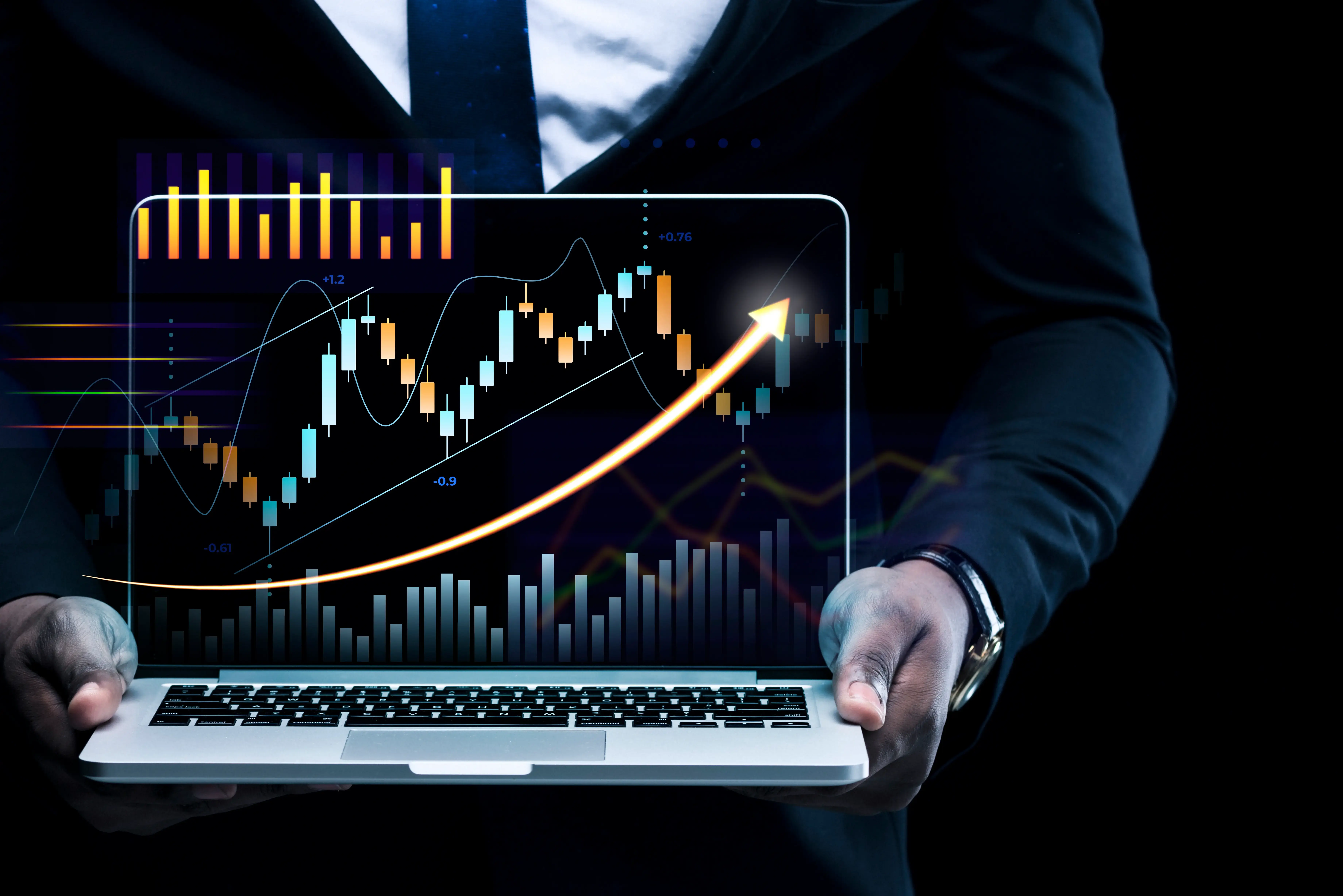
The 7 Essential Forex Trading Indicators
Now that we have explained what Forex Trading Indicators are and why they are important, we will look at seven essential Forex Trading indicators that should be in every trader’s toolbox.
Moving Averages (MA)
A Moving Average essentially represents the average price and is created by smoothing out the price data, creating a constantly updated average price.
This is helpful for traders to determine an uptrend or downtrend and is also beneficial in determining when to go long or short when the current price passes either up through the moving average, or down below the moving average.
Relative Strength Index (RSI)
The RSI is a momentum indicator that measures the speed and change of price movements.
Typically, traders use this indicator to spot overbought or oversold conditions. Market participants will usually look to go short when the market appears to be overbought or go long when the market seems to be oversold.
Stochastic Oscillator
The Stochastic Oscillator tries to determine if the market is overbought or oversold by comparing the current price to recent price action. Traders typically use it to identify overbought or oversold conditions and whether the market is more likely to move up or down. Bollinger Bands
Bollinger Bands consist of 3 lines (or bands). The middle band is the simple moving average (SMA) over a specific time period – usually 20 days. Then, below and above the middle band are another two bands, typically set 2 standard deviations away from the SMA.
Traders look for opportunities to enter or exit trades based on where the current price is relative to the bands. For example, if the price pushes past the upper band, this signals a potential reversal back down.
MACD (Moving Average Convergence Divergence)
A popular indicator, the MACD, is used to try and identify the direction of the market’s momentum.
Traders typically look for the MACD line crossing either above – or below the signal line, indicating either bullish or bearish price action.
Fibonacci Retracement
This Trading Indicator is commonly used to identify support and resistance levels on a chart. Traders use this indicator as a gauge to predict the levels where prices may rise or fall.
After a significant upward or downward move, support and resistance are believed to be near these levels.
Parabolic SAR (Stop and Reverse)
This indicator seeks to identify the direction of a specific currency’s momentum. Furthermore, it highlights when the market is more likely to change directions.
It is helpful for traders to confirm market trends and time entry and exit points.
How to Choose and Combine Indicators
The question then is: ‘Which indicator is best for my trading style’?
The answer is that each indicator needs to be tested and used – to know what fits your trading style and goals.
Some indicators are more similar than others, so avoid using too many similar indicators, such as only momentum indicators (as an example).
Furthermore, test the indicators using a demo account before incorporating them into your trading strategy.
Conclusion
Knowing how to use Forex Trading Indicators correctly could be the difference between being profitable in the Forex Market and struggling to make money.
However, it is essential to understand that these tools do exactly what their name suggests – they indicate potential trades to make.
Therefore, they should be used in conjunction with fundamental analysis and a good understanding of the Forex Markets in general.
Moreover, learning how to use trading indicators correctly takes time and patience. So, they should be thoroughly tested and understood to be utilized correctly.
Also read
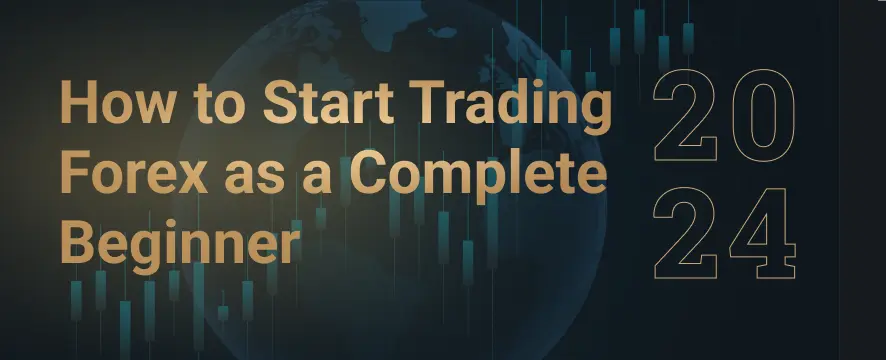
2 min read
Lorem ipsum dolor sit amet, consectetur adipiscing elit, sed do eiusmod tempor incididunt ut labore et dolore magna aliqua. Ut enim ad minim veniam,

7 min read
The key to maximizing profit in forex trading lies in strategically selecting currency pairs based on liquidity, volatility, and trading expertise, while integrating effective technical and fundamental analysis methods.
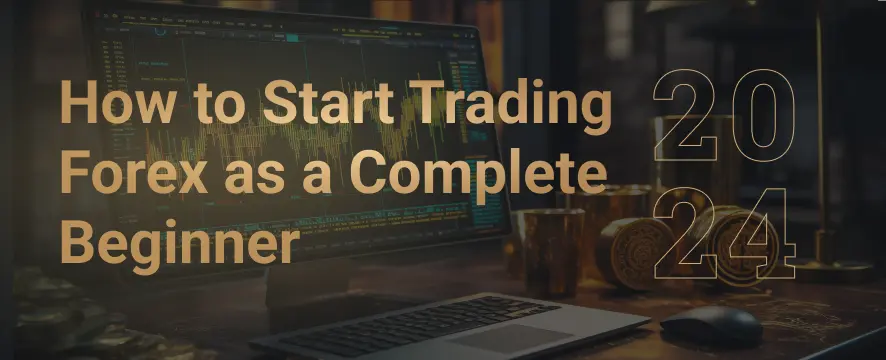
6 min read
Forex Trading is a world filled with unlimited potential that inspires both excitement and intrigue. However, the question for many is: How to Start Trading Forex as a Complete Beginner?

6 min read
In this article, we will look at some of the most common challenges to becoming a full-time Forex Trader and also discuss how to navigate these challenges effectively.
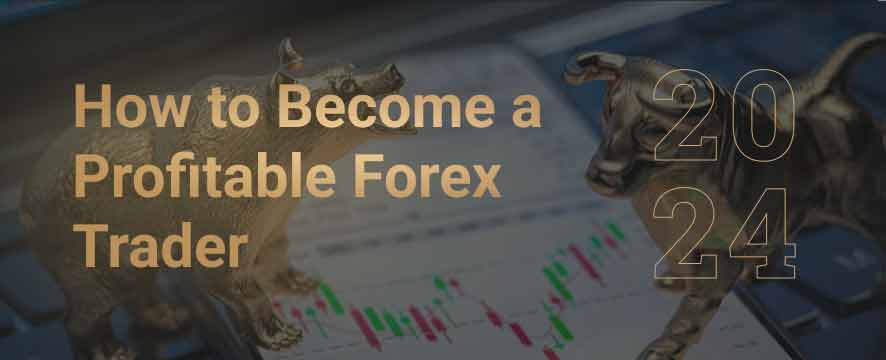
8 min read
One of the biggest challenges for Forex Traders is becoming consistently profitable.
Join our community
Get an insight from other users about MyFundedFX and their experiences. 114K+ members and counting
